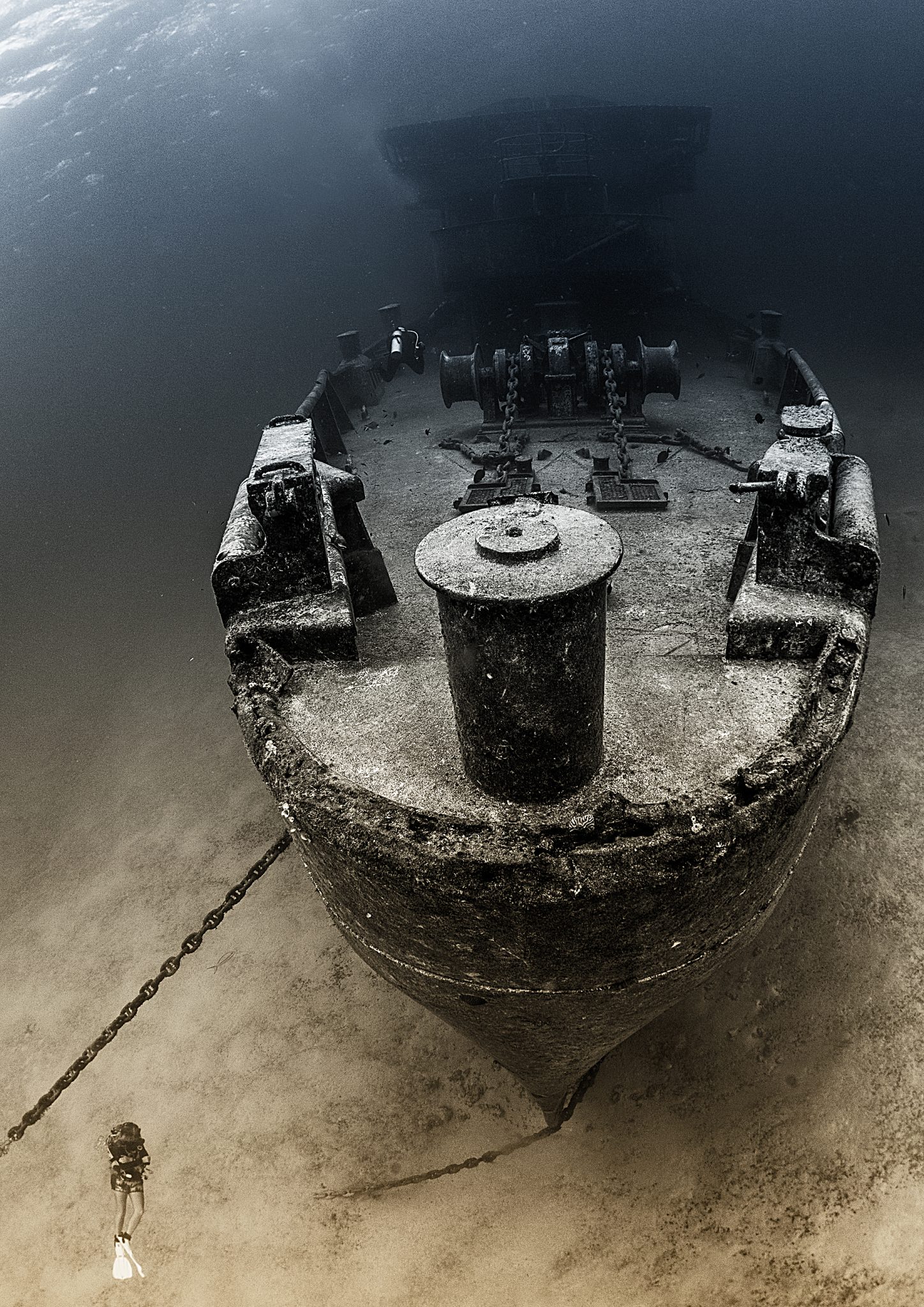Don Foster’s Dive Cayman Ltd is on our Ocean front property. We have our own dock, training pool and a Marine Park dive site. Literally, right in front. We do daily boat dives and night dives from boat or shore. We are the only operation offering the all new Black Water Diving. We know how to cater to beginner certified Read more...


Overview
Fact File
| Capital | George Town |
| Population | 68,000
|
| Languages | English |
| Time | GMT -5
|
| International Dialling Code | +1345
|
| Money | Cayman Islands Dollar (KDY)
|
| Tourist Board | |
| International Airports | Owen Roberts International Airport (GCM)
|
About The Diving
The islands are the peaks of the Cayman Ridge undersea mountain range beside the Cayman Trough over 6000m deep. The waters around the Cayman Islands are home to diverse marine life including a large number of cetaceans such as beaked whales and sperm whales. With the impressive drop off and warm tropical shallows there are lots of great dive sites with stunning marine life to experience.
The reef here is healthy and the visibility superb (18-30m). In part this is due to the remote location away from other landmasses and partly due to the large amount of marine protected areas. The coral is in great condition bringing with it abundant life. The water temperature stays above 25°C, ranging from around 26-28°C through the seasons. There are over 300 dive sites around the islands, from dramatic seawalls, shallow reefs with friendly fish, shipwrecks and swimthroughs, there is certainly something for every diver!
Photo Gallery
Dive Highlights
Grand Cayman
USS Kittwake
The USS Kittiwake is a 76m submarine support ship purposely sunk in 2011 for dive tourism and as an artificial reef. Sitting on the sand in around 20m of water, she has been made safe for penetration and is an excellent wreck dive. Though still quite young for much coral to have developed, several species of fish have adopted the wreck as their new home.
Stingray City
A famous site in Grand Cayman, Stingray City is home to hordes of southern stingrays. At just under 5m depth, these curious creatures will glide around you on the sandbar providing the perfect photo op. Historically fishermen would clean their catch here and the rays have associated the sound of boat engines with a free meal.
Devils Grotto
This shallow shore dive on Grand Cayman is great for all divers, with little to no current and great visibility. Featuring numerous swimthroughs, chimneys and caverns, the topography is breathtaking. Shoals of silverside and stunning coral formations make this a truly beautiful site. Large tarpon and barracuda are familiar favourites here.
Ghost Mountain
Ghost Mountain is a pinnacle located close to Grand Cayman’s north point, rising from around 90m to 15m. Divers can circle this underwater mountain enjoying the myriad of life attracted by the nutrient rich waters. Schooling fish, gorgonians, sponges and macro life make this a very special dive.
Cayman Brac
Bert Brothers Boulders
The huge coral heads, elk horn corals, gorgonians and tube sponges make this site one of the most beautiful sites on Cayman Brac. At an average of 12m it is suitable for all divers, with plenty of overhangs, swimthroughs and gullys to explore. Keep your eyes peeled for the flying gurnards that prefer the shallower spots.
MV Captain Keith Tibbetts
This Soviet warship was a frigate owned by the Cuban Navy, sold to the Cayman Islands at the end of its working life to make an artificial reef. Sunk in 1996 it is now covered in life and home to barracudas, grouper and shoals of fish. The bow guns are intact and make an excellent photo opportunity.
Little Cayman
Bloody Bay Wall Marine Park
One of the most popular dives in the islands, this protected area off Little Cayman has vibrant corals, excellent visibility and a huge amount of marine life. Turtles and eagle rays patrol the wall which descends into the depths around 2000m! The wall is covered in gorgonians and tube sponges.
Jacksons Bight
Beautiful reefs, filled with tunnels and crevices make for an amazing dive. The drop off isn’t quite as dramatic as the nearby Bloody Bay Wall, however it is a great spot to see eagle rays, with turtles and reef sharks making regular visits. Jawfish, garden eels and much more marine life call the reef home, making this another unmissable site.
When To Go
The Cayman Islands are a year round destination with diving possible every month. The high season runs from December to April, with higher prices and greater tourist numbers. The summer months are warmer and wetter. The hurricane season runs from June to November, although they are generally uncommon. September often has more windy weather.












